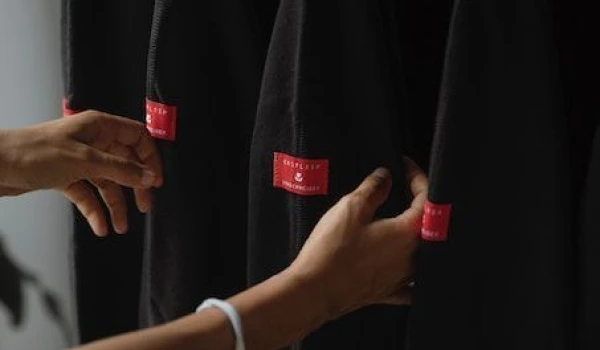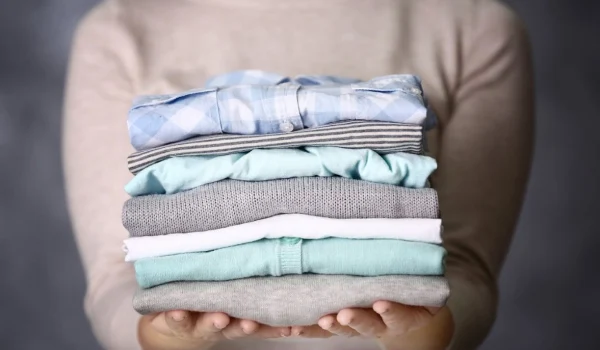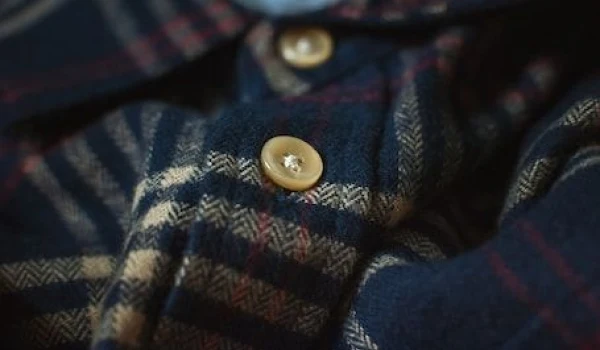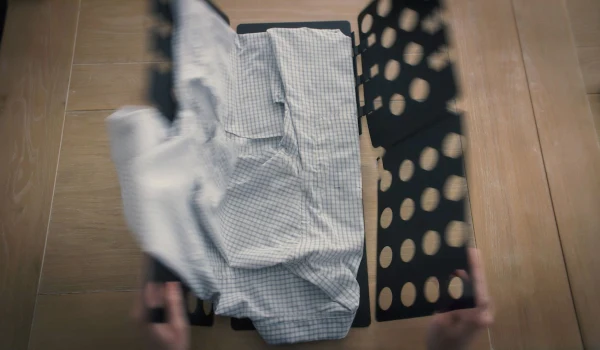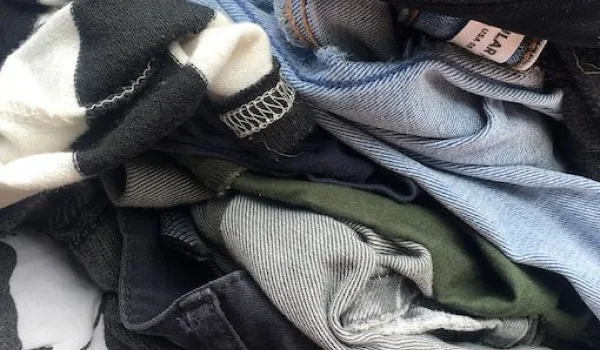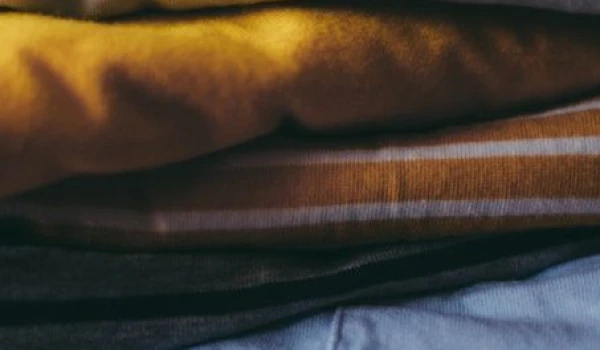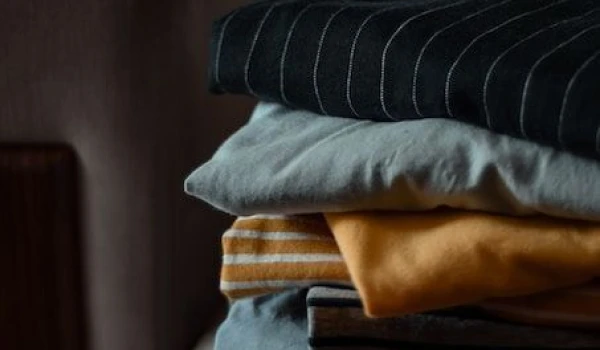Introduction
Laundry is more than just a mundane chore — it's a ritual that preserves the longevity of our clothes, ensuring they remain as vibrant and comfortable as the day they were purchased. Beyond aesthetics, regular washing is crucial for maintaining hygiene, removing accumulated dirt, bacteria, and the occasional coffee spill. A shirt, after all, isn’t merely a piece of fabric; it’s an investment, a cherished item, a memory. And with the right care, it can remain that way for years.
But how often have we stood in front of our washing machine, a bottle of laundry detergent in one hand and a delicate garment in the other, feeling utterly lost? Does this bra need a hand wash? Should the wool sweater go in cold water? And what on earth does that laundry symbol mean?
Mastering the art of laundry isn't just about keeping clothes clean. It's about understanding fabric types, knowing the difference between detergents and fabric softeners, and learning the nuances of your washer and dryer. It’s about making informed decisions that save time, reduce wrinkling, and avoid common pitfalls like dye bleeding or excessive wear.
Whether you’re a laundry novice or simply looking for time-saving tips, this guide is here to simplify your life. We'll demystify laundry symbols, offer insights on stain removal, and even provide a cheat sheet for tricky items like lingerie or hand-wash-only garments. Let's dive in, and make laundry less of a chore and more of a joy!
How to Do Laundry in 4 Simple Steps
1. Preparation and Sorting
Every successful laundry begins with proper preparation. Delicates, for instance, require a different approach compared to rugged outdoor clothing. Here's what you need to consider:
- Sorting Clothes: Before you throw everything into the washing machine, take a moment to sort. Separate whites from colored clothing to avoid dye transfer. Also, segregate based on fabric type —delicates like lingerie or woolens shouldn't be mixed with heavy garments.
- Reading Care Labels: Those tiny labels on your clothes aren't merely decorative. They provide essential information on how to wash, dry, and iron each garment. They might also contain important warnings, such as "Do not bleach" or "Cold water wash only".
- Choosing the Right Products: Not all detergents are made equal. Some are better suited for cold water washing, while others are ideal for tackling tough stains. Using a fabric softener can keep clothes soft, but it might not be suitable for all fabric types nor is it always necessary. Remember, the right detergent and fabric softener can make a world of difference.
- Pre-treating Stains: Accidents happen — be it a coffee spill or ink blot. Instead of waiting for laundry day, pre-treat the stain immediately using a stain remover. This will increase the chances of the stain being entirely removed during the wash.
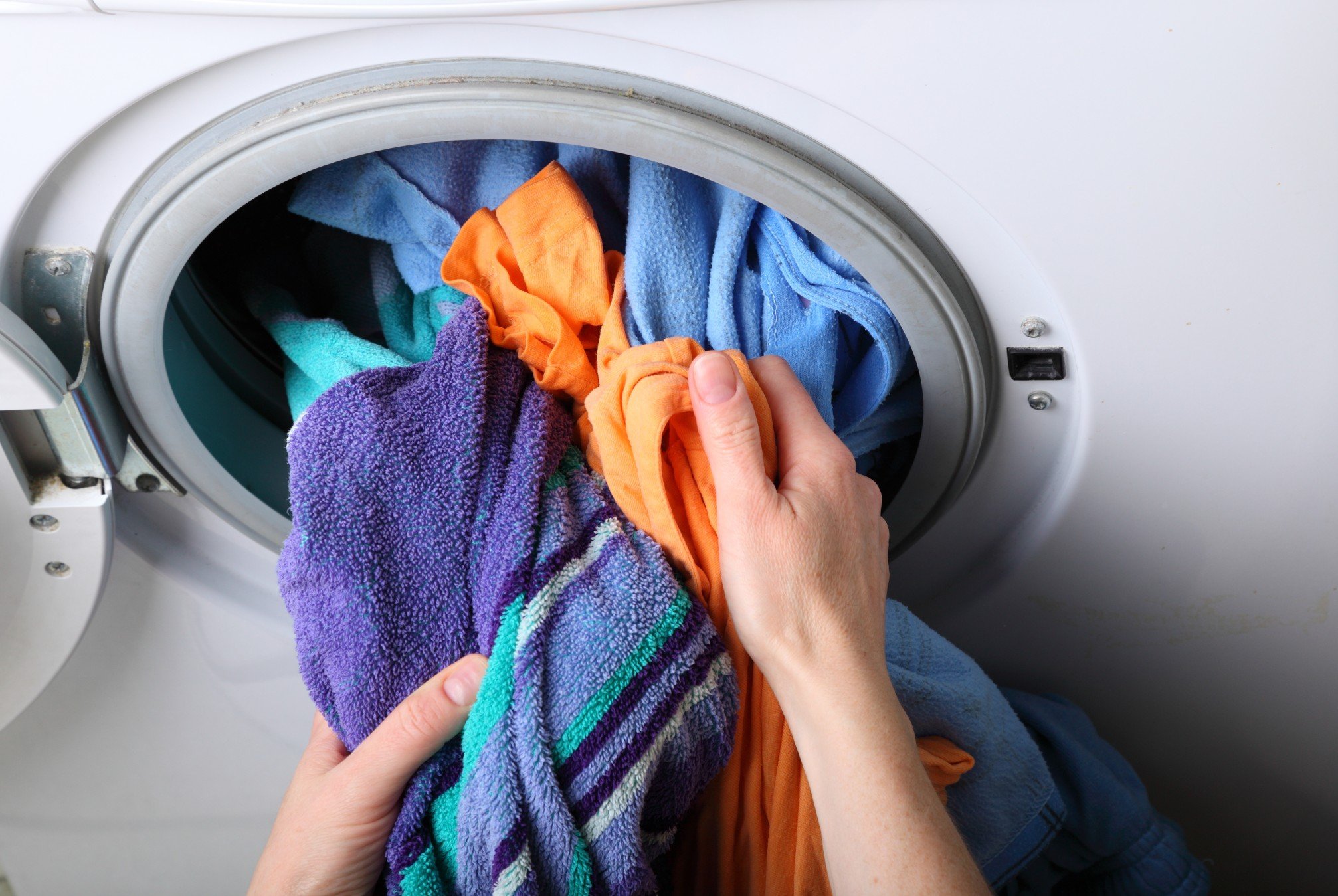
2. Washing and Rinsing
The actual act of washing your clothes is where the magic happens. However, proper washing is an art that requires understanding and precision.
Considerations for a Flawless Wash:
- Hand Washing vs. Machine Washing: Delicate items such as lingerie, woolens, and certain fabrics are better off being hand-washed. This gentle approach protects the clothing from the rigorous agitation of a washing machine, reducing the risk of damage and maintaining their integrity. On the other hand, regular clothes can benefit from the efficiency of machine washing.
- Cycles and Settings: Modern washing machines come with a myriad of settings designed to cater to different laundry needs. From delicates to heavy-duty, always ensure you select the right cycle for the garment type. Remember, using the delicate cycle for delicates, such as bras or mesh bags filled with underwear, can prevent wrinkling and extend the life of your items.
- Temperature Matters: Always pay attention to the care labels on your clothes. While hot water is effective for sanitizing and removing tough stains, it can lead to shrinkage, dye bleeding, and even increased wear and tear. Conversely, cold water is gentler, suitable for delicate fabrics, and less likely to cause dye bleeding.
- Washing Machine Load Capacity: Avoid overloading your machine. Not only can this strain the washer, but the clothes also won't get cleaned properly. Conversely, under-loading can be a waste of water and energy. Striking the right balance ensures efficient washing and reduces wear on the machine.
- Detergents and Additives: Choosing the right detergent is crucial. For regular laundry, a good-quality detergent is sufficient. However, for tougher stains, consider pre-treating as discussed above. Also, remember to use bleach judiciously, as excessive use can weaken fabrics.
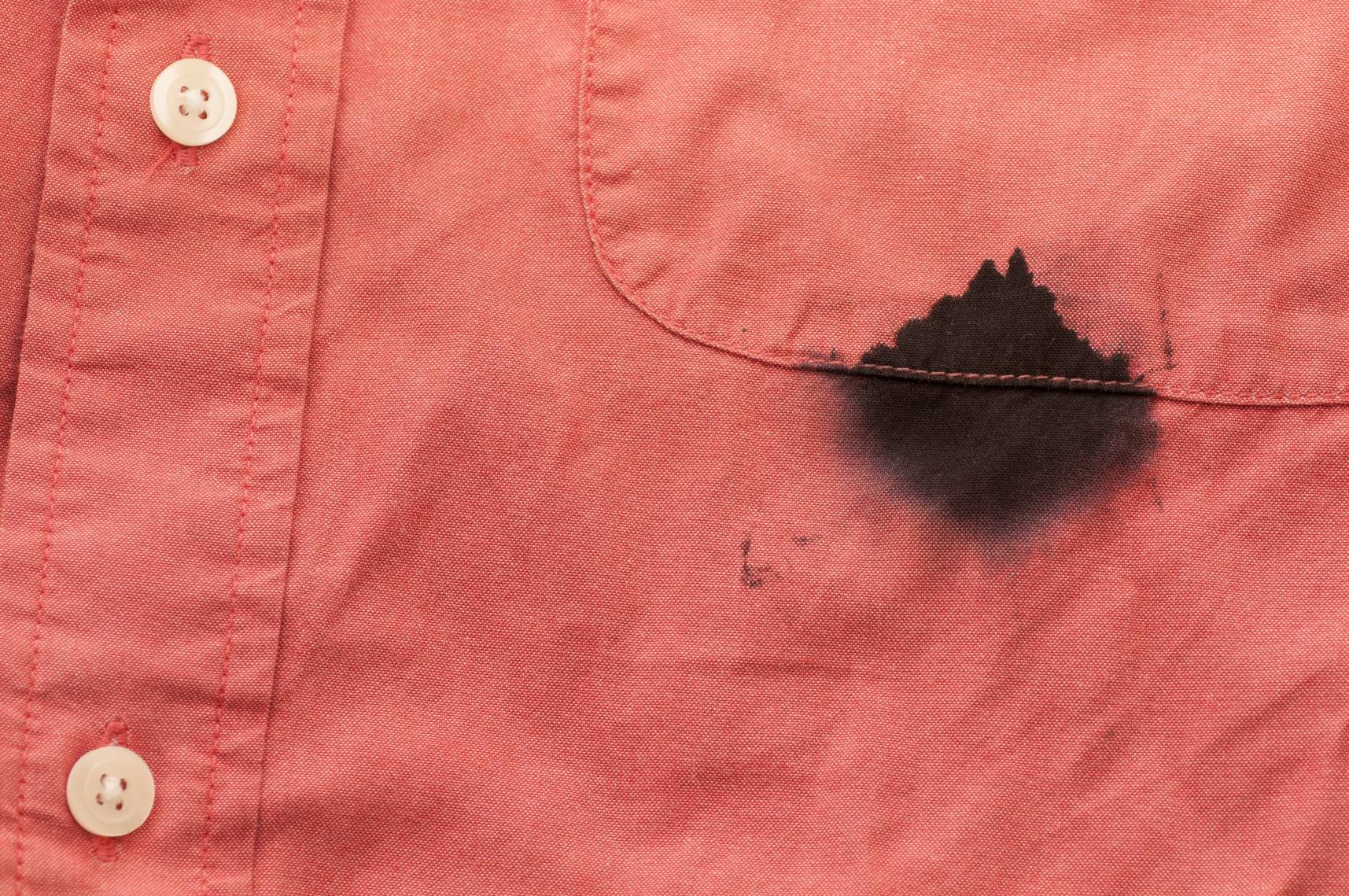
3. Drying
Once your clothes have been thoroughly washed, the next crucial step is drying. Surprisingly, the drying process can greatly influence the longevity and appearance of your garments. While washing clothes is about removing dirt and stains, drying is all about preserving the fabric’s integrity and ensuring it remains wrinkle-free.
Drying Considerations for Optimal Care:
- Air Drying vs. Machine Drying: Not all garments are made for the rigorous tumbling of a dryer. Delicate items, bras, and certain fabrics benefit from air drying, preventing them from shrinking or getting damaged. On the other hand, towels and heavier clothing might need the efficiency of a machine dryer to get them completely dry without becoming stiff.
- Understanding Dryer Cycles: Just as washing machines have different cycles, so do dryers. From 'Delicates' to 'Heavy-Duty', ensure you match the dryer cycle with the type of clothing. For instance, underwear might need a gentler cycle compared to thick bed linens.
- Dryer Sheets vs. Dryer Balls: While dryer sheets impart a fresh scent and reduce static, they can also leave a residue on your clothing, affecting their absorbency. An eco-friendly alternative is wool dryer balls. They decrease drying time, are reusable, and if you want a pleasant scent, you can add a few drops of essential oil to them.
- Lint and Fabric Care: Always clear the lint trap after each dryer cycle. Lint accumulation can reduce the efficiency of your dryer and can be a fire hazard. Also, regular removal ensures your clothes remain lint-free.
- Ironing Post-Drying: To avoid excessive wrinkling, especially with shirts, dresses, or business attire, consider ironing them when they're slightly damp. This makes it easier to smooth out creases and ensures your clothing looks its best.
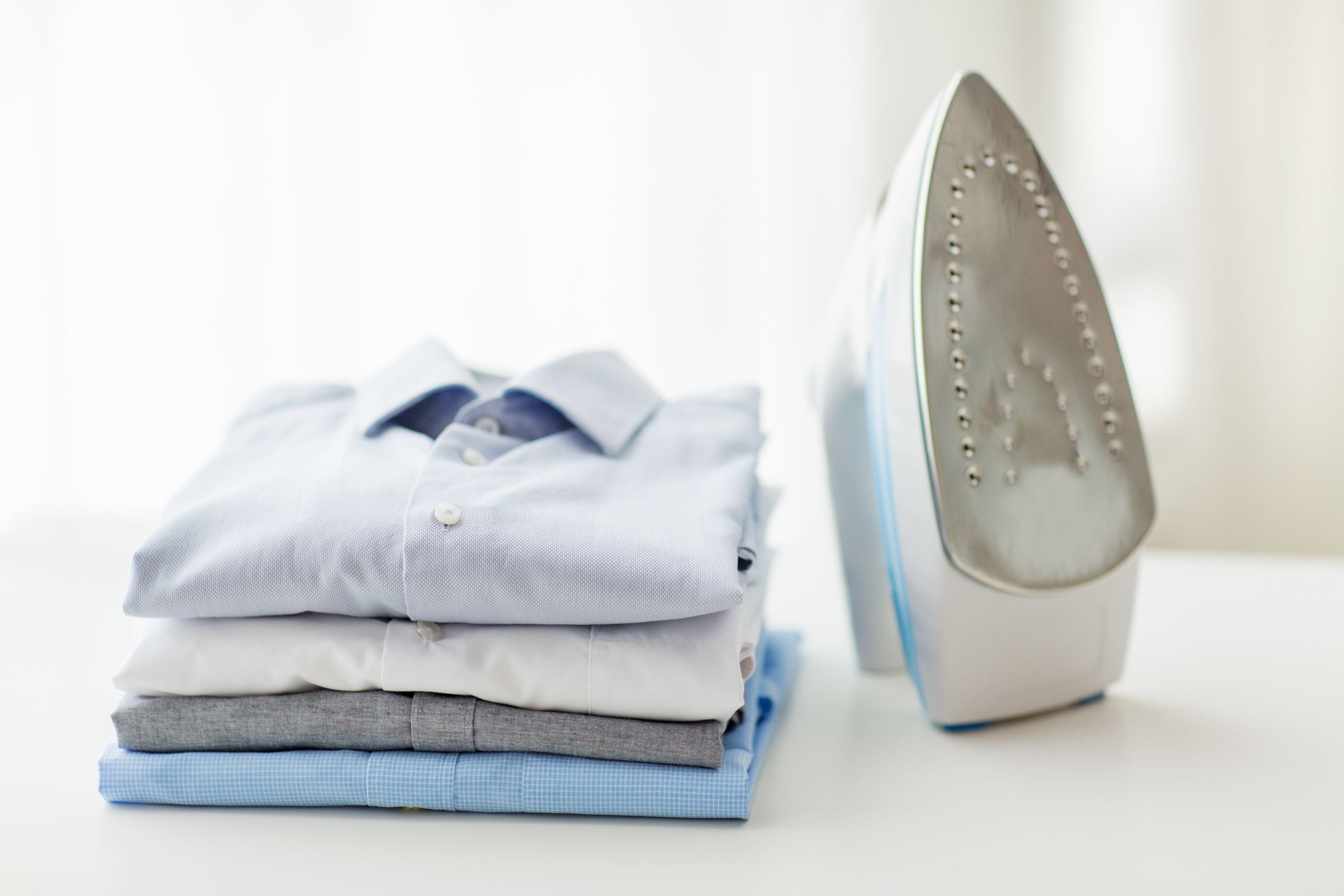
4. Folding, Hanging, and Storing
After washing, rinsing, and drying, the final step in your laundry journey is ensuring your clothes are stored properly. Proper storage not only ensures your garments are ready to wear but also extends their longevity by preventing wear or fabric strain.
Guidelines for Pristine Wardrobe Management:
- Ironing vs. Steaming: Wrinkled clothes can make an otherwise sharp outfit look unkempt. While ironing is effective for a crisp finish, particularly for dress shirts and pants, steaming is gentler and works wonders for delicate fabrics, dresses, and even hand-wash items. Remember to check the care label: some garments, especially those that air dry, might specify if they're suitable for ironing or steaming.
- Folding vs. Hanging: Not all clothes are meant to be hung. T-shirts, jeans, and knitwear benefit from folding as hanging can distort their shape. Inversely, dress shirts, blouses, dresses, and pants should be hung to avoid wrinkles. Using the dryer sheet can also keep them smelling fresh for longer.
- Storing and Closet Organization: Once your clothes are either folded or hung, ensure they're stored systematically. Sort laundry by category, keeping all shirts, trousers, and dresses together. For items like bras, avoid folding them to maintain their shape. When putting away heavier items like towels, ensure they're completely dry to prevent mildew.
- Delicate Care: Items that have been hand-washed or are more delicate, such as lingerie or certain blouses, may benefit from mesh bags or separate drawers to prevent snagging or tangling.
- Spin Cycle's Role: Ensure clothes are not left in the washing machine long after the spin cycle finishes. Prompt removal prevents excessive wrinkling, making the folding and storing process smoother.
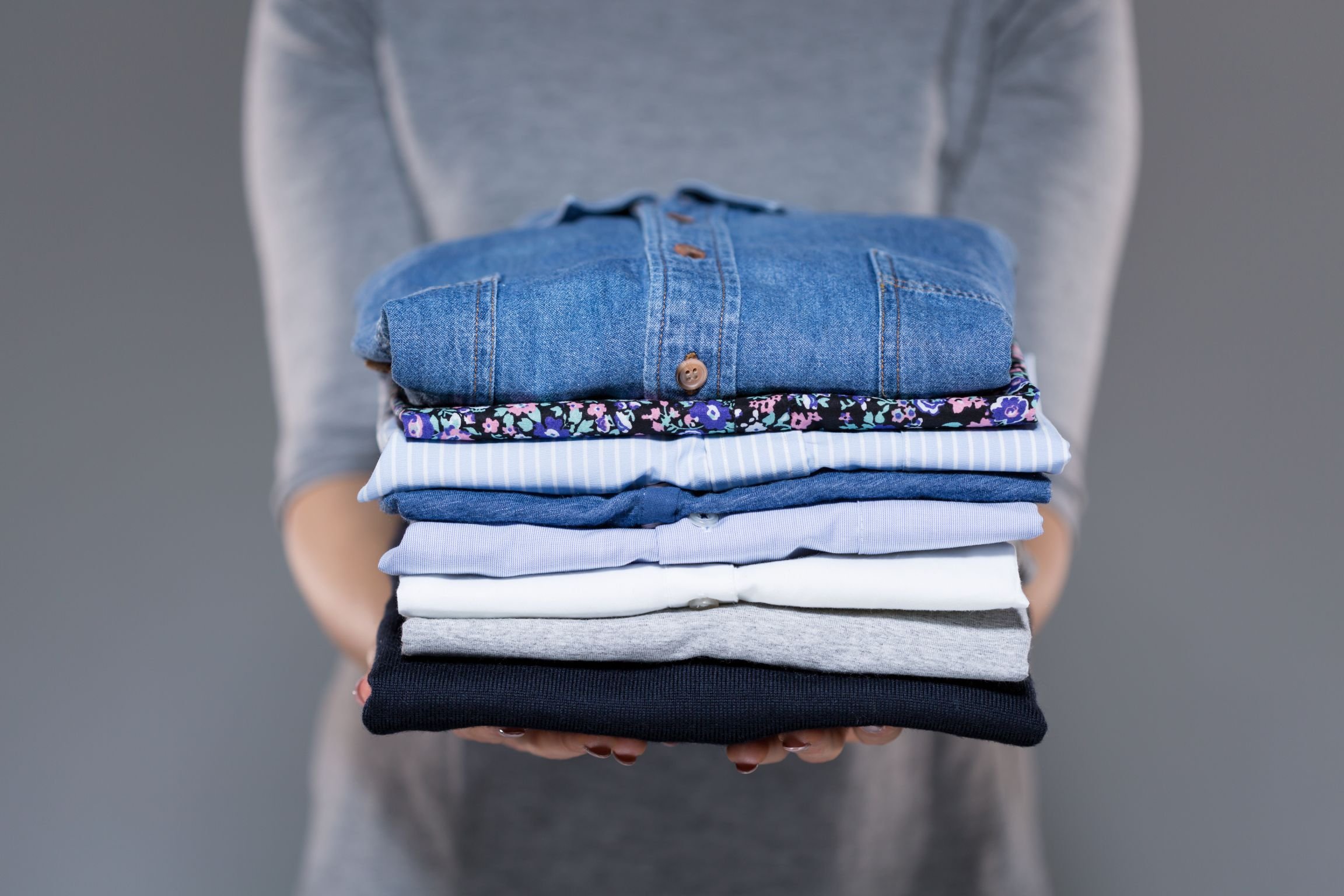
Common Laundry Mistakes to Avoid
Laundry might seem straightforward, but a simple oversight can lead to a fashion disaster. Nightmare scenarios like a pink shirt emerging from what was originally white or a favorite sweater turning two sizes smaller are more common than you think. Here are some mistakes to avoid:
- Overloading the Washing Machine: We've all been tempted to cram as many clothes into the washer as possible, hoping to save time. However, this can result in clothes not getting washed properly, leading to lingering stains and detergent residue. Additionally, overloading can strain the washing machine. The solution: Always follow the manufacturer’s guidelines on load size. Ensure clothes have enough space to move freely, ensuring an even wash.
- Mixing Colors Carelessly: Washing colored and white clothes together can lead to color bleeding. The solution: Sort laundry based on colors. Wash whites, darks, and colors separately to maintain their original shades.
- Ignoring Fabric Care Labels: These tiny labels on your clothing aren’t just for show. They provide vital information on how to properly wash, dry, and iron each garment. The solution: Always read and follow these instructions. If a label says “hand wash” or “dry clean only”, it’s for a good reason.
- Doubling Down on Detergent: More detergent doesn't necessarily mean cleaner clothes. Using too much can leave a residue on your garments, making them feel stiff and potentially causing skin irritations. The solution: Use the recommended detergent amount and ensure you're using the right type for your washer.

When it comes to delicate fabrics, special items, or the intricacies of hand washing particular garments, sometimes it's best to seek expert help. That's precisely where Rinse’s esteemed laundry services make all the difference. By letting seasoned professionals handle your attire, from those you wash often to the pieces requiring careful hand washing, you can sidestep laundry mishaps and free up hours in your schedule.
Schedule a pickup today and bid farewell to those bothersome wrinkled tops, color-drained trousers, and the relentless task of hand washing. At Rinse, each article of clothing receives meticulous attention, promising you'll always make a polished appearance.


